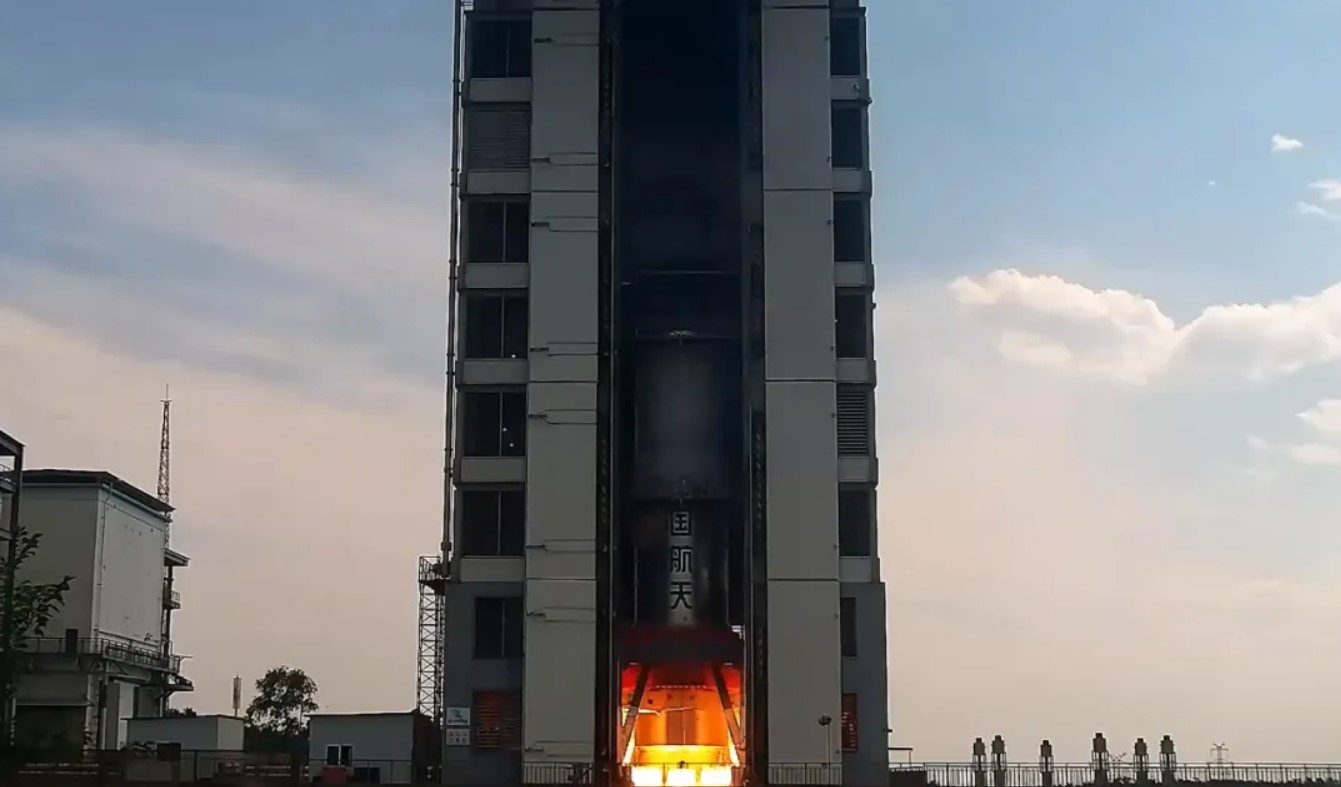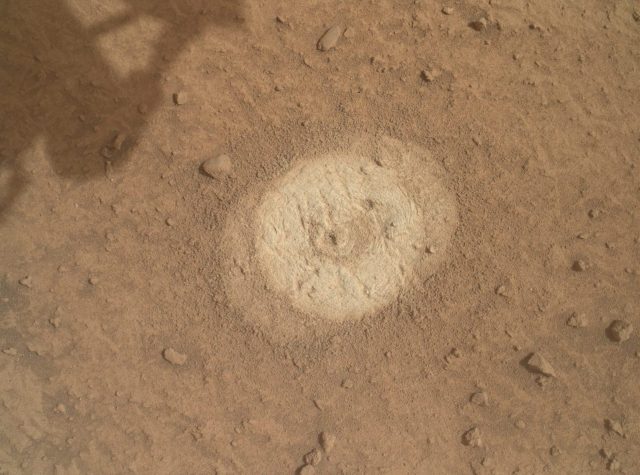China takes small step towards the moon with rocket test
Original Publication Date: 2024-06-17 08:18

China's main space contractor has carried out a successful static fire test of a rocket first stage. The test is a step towards China’s goal of putting astronauts on the moon before 2030. NASA currently aims to land humans on the moon once more with Artemis III no earlier than 2026.
Destination Earth Data Lake with contribution of European cloud technology – SatNews
Original Publication Date: 2024-06-17 00:00

DestinE is a flagship initiative of the European Commission. System includes three key elements: Core Service Platform operated by ESA, Digital Twins managed by ECMWF, and DestinE Data Lake managed by EUMETSAT. The Data Lake environment that CloudFerro is developing and operating is designed to store more than several dozen PB of data.
Amentum to deliver hypersonic tech & capabilities to UK Ministry of Defence – SatNews
Original Publication Date: 2024-06-17 00:00

Amentum has secured a place across all lots of the Hypersonic Technologies & Capability Development Framework (HTCDF) The framework, valued up to $1.25 billion (£1 billion) over the next seven years, has been established to accelerate development of a sovereign UK Hypersonic Strike Capability.
In celebration of Juneteenth – SatNews
Original Publication Date: 2024-06-16 00:00

June 19 was officially declared a U.S. Holiday celebrating the end of slavery in the United States. In celebration of Juneteenth the Satnews offices will be closed on Wednesday, June 19 and will reopen on Thursday, June 20. The Satnews offices will also be closed on June 20.
Kepler Communications has validated the firm’s OISLs between two data relay satellites in LEO – SatNews
Original Publication Date: 2024-06-16 00:00

Kepler Communications recently validated optical inter-satellite links (OISLs) between two data relay satellites in LEO. The first file transferred over the optical connection was a recent picture of Kepler’s global team gathered near its headquarters in Toronto, Canada. The hybrid optical data relay network builds on flight heritage from Kepler’s existing constellation of 21 RF satellites.
Sols 4214–4215: The Best Laid Plans…

"Mammoth Lakes" Is a potential drill target that we selected on Monday. On Monday, we undertook some exploratory contact science to determine the likely elemental composition of Mammoth Lakes. Monday's plan also included a "preload test" To determine the safety of drilling. The preload test was unsuccessful.
Perseverance's Path to 'Bright Angel' in Mars' Jezero Crater

This map shows the path taken by the agency's Perseverance Mars rover between Jan. 31, 2024, and June 11. The route where the rover paralleled the Neretva Vallis river channel is depicted in white. The dots along the white line signify locations where the rover stopped after completing a traverse.
Standing Out on Mars' 'Mount Washburn'

The images were acquired by NASA's Perseverance Mars rover on May 27, 2024. Analysis by the rover's SuperCam and Mastcam-Z instruments indicate Atoko Point is composed of the mineral pyroxene. Some Perseverance scientists speculate the minerals that make up Atoko Point were produced in a subsurface body of magma.
MAVEN Detects Auroras During Solar Storm in 2024

MAVEN took these images between May 14 and 20, 2024, as the spacecraft orbited below Mars. The images were taken as waves of energetic particles from a solar storm were arriving at Mars. The MAVEN team is preparing to celebrate the spacecraft's 10th year at Mars in September 2024.
Curiosity Sees Specks Caused By 2024 Solar Storm While Recording a Wind Gust on Mars

Incident occurred at the same time that charged particles began to strike the Martian surface on May 20, 2024. Curiosity's Radiation Assessment Detector (RAD) measured a sharp increase in radiation at this time – the biggest radiation surge the mission has seen since landing in 2012.
Curiosity Sees Streaks and Specks During 2024 Solar Storm

Video was taken on May 20, 2024, the 4,190th Martian day, or sol, of the mission. Curiosity's Radiation Assessment Detector (RAD) measured a sharp increase in radiation at this time – the biggest radiation surge the mission has seen since landing in 2012.
Getting Farside Seismic Suite Ready for Testing

Farside Seismic Suite (FSS) will gather NASA's first seismic data from the Moon in nearly 50 years. FSS will operate continuously for at least 4½ months, working through the long, cold lunar nights. The two seismometers are packaged together with a large battery, a computer, and electronics inside a cube structure.
Farside Seismic Suite's Cube Within a Cube

NASA's Farside Seismic Suite (FSS) is assembled in a clean room at the agency's Jet Propulsion Laboratory in Southern California. Two sensitive seismometers packaged in the suite's cube-within-a-cube structure will gather NASA's first seismic data from the Moon in nearly 50 years. FSS will operate continuously for at least 4½ months, working through the long, cold lunar nights.
